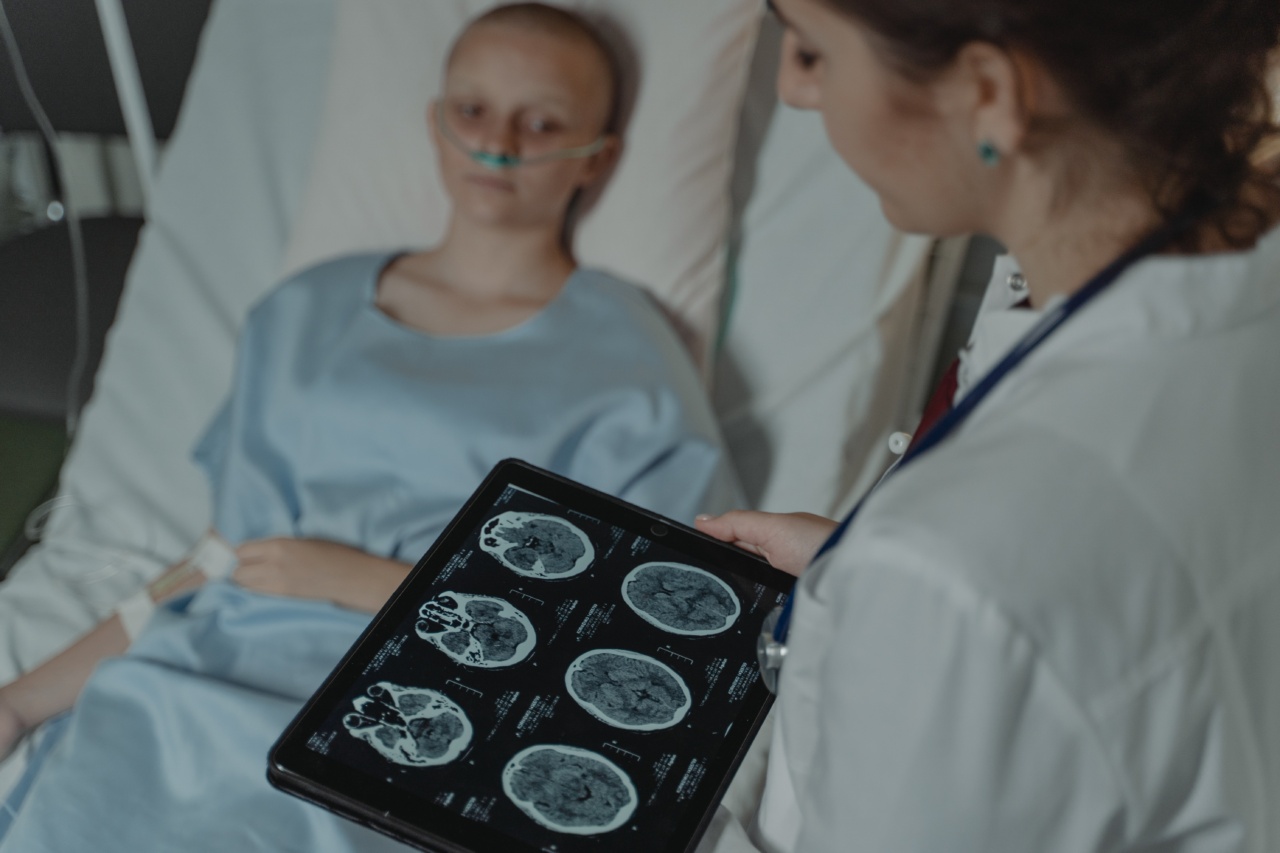Glioblastoma, also known as glioblastoma multiforme (GBM), is one of the most aggressive and lethal types of brain tumors. It is classified as a grade IV tumor, indicating its highest level of malignancy.
Glioblastoma accounts for approximately 15% of all primary brain tumors, affecting both adults and children. Unfortunately, the prognosis for glioblastoma remains poor, with a median survival rate of only 12-15 months.
In this article, we will explore the characteristics, symptoms, diagnosis, treatment options, and current research endeavors related to glioblastoma.
Characteristics of Glioblastoma
Glioblastoma tumors arise from the glial cells, which are the supportive cells of the brain.
They can emerge in any region of the brain but are frequently found in the cerebral hemispheres—the largest part of the brain responsible for most advanced functions. Glioblastoma tumors exhibit infiltrative growth, meaning they infiltrate and spread into nearby healthy brain tissues.
This invasive characteristic makes complete surgical removal nearly impossible, contributing to the high recurrence rate of glioblastoma.
A hallmark feature of glioblastoma is its rapid growth rate. The tumor cells reproduce at an accelerated pace, rapidly forming a mass that exerts pressure on the surrounding brain tissues.
This aggressive growth can lead to increased intracranial pressure, causing symptoms such as severe headaches, vomiting, and visual disturbances.
Symptoms of Glioblastoma
The symptoms associated with glioblastoma can vary depending on the tumor’s size, location, and rate of growth. Some common symptoms include:.
1. Headaches: Persistent or recurring headaches, often accompanied by nausea and vomiting.
2. Cognitive difficulties: Impairment in memory, concentration, and overall cognitive function.
3. Motor skill impairment: Weakness or paralysis in certain body parts, difficulty with coordination or balance.
4. Seizures: Uncontrolled electrical activity in the brain leading to seizures.
5. Personality and mood changes: Shifts in behavior, mood swings, and personality alterations.
Diagnosis of Glioblastoma
Glioblastoma diagnosis requires a multi-modal approach involving imaging techniques, such as magnetic resonance imaging (MRI) and computed tomography (CT) scans. These tests help visualize and locate the tumor within the brain.
Additionally, a biopsy is often necessary to confirm the presence of glioblastoma and determine its specific molecular characteristics.
Furthermore, because glioblastoma can resemble other types of brain tumors, the World Health Organization (WHO) has established specific criteria for the pathological diagnosis of glioblastoma.
A neuropathologist analyzes the tumor tissue under a microscope, looking for features such as necrosis, increased blood vessel formation, and abnormal cell structures.
Treatment Options for Glioblastoma
Glioblastoma treatment usually involves a combination of surgery, radiation therapy, and chemotherapy. The approach aims to remove as much of the tumor as possible while minimizing damage to the surrounding healthy brain tissue.
1. Surgery: If feasible, surgical removal of the tumor is attempted. However, due to the infiltrative nature of glioblastoma, complete resection is challenging, and a small portion of the tumor may remain after surgery.
2. Radiation therapy: Following surgery, radiation therapy is typically administered. It helps destroy remaining tumor cells and control further growth.
3. Chemotherapy: Chemotherapy drugs, such as temozolomide, are often used in combination with radiation therapy. These drugs can target and destroy rapidly dividing tumor cells.
In recent years, significant progress has been made in the treatment of glioblastoma. Emerging therapies, such as immunotherapy and targeted molecular therapies, offer promising avenues for improved treatment outcomes.
Clinical trials investigating novel therapeutic approaches are ongoing to enhance patient survival and quality of life.
Current Research on Glioblastoma
Glioblastoma research efforts are focused on multiple fronts. Scientists are actively exploring various treatment strategies, including:.
1. Targeted therapies: Researchers are investigating drugs that specifically target molecular abnormalities found in glioblastoma cells.
By identifying and targeting specific genetic mutations, therapeutic interventions can be tailored to individual patients.
2. Immunotherapy: Immunotherapy involves harnessing the body’s immune system to recognize and destroy cancer cells.
Novel strategies, such as immune checkpoint inhibitors, CAR-T cell therapy, and cancer vaccines, are being explored for their efficacy against glioblastoma.
3. Gene therapy: Gene therapy involves introducing genetic material into cancer cells to suppress their growth or enhance their susceptibility to other treatments.
Researchers are investigating the potential of gene therapy in overcoming the aggressive nature of glioblastoma.
4. Nanotechnology: The use of nanotechnology in delivering drugs directly to glioblastoma cells is being studied.
Nano-sized particles can penetrate the blood-brain barrier and specifically target tumor cells, potentially improving the effectiveness of treatment.
Conclusion
Glioblastoma is undoubtedly one of the deadliest brain tumors, with a dire prognosis and limited treatment options.
Its invasive growth pattern, rapid proliferation, and resistance to therapy make it an ongoing challenge for medical professionals and researchers. Nevertheless, advancements in understanding glioblastoma’s molecular characteristics and emerging treatment modalities offer hope for improving patient outcomes.
Through continued research and innovative therapeutic approaches, there is optimism that new treatment strategies will be developed to combat this lethal brain tumor.

























